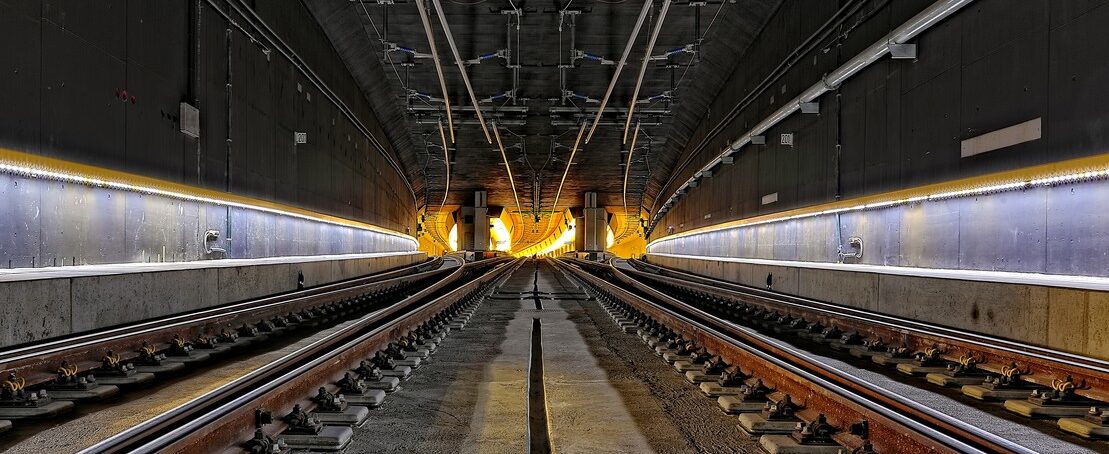Event Recorder and Why System Performance Monitoring is Crucial
June 15, 2018

Today’s railways are more complex than ever before. Driven by a demand for locomotive and rail network efficiencies, as well as new government regulations such as Positive Train Control (PTC), rail transportation companies are adopting high-tech solutions to answer the call for safety.
These demands and much of the technology designed to meet them require more data to be recorded, stored, and protected in case of investigation. The speed with which event data recorder technology has evolved is radical. However, one key element of that technology that cannot be overlooked is System Performance Monitoring, which ensures safety systems are functioning properly while in revenue service.
These system performance monitoring devices help tell the story of any broken network signal, mechanical failure and even locomotive accident. By using data and technology to track these events, we’re able to learn from them and potentially prevent them in the future.
What’s holding this technology back?
As railways adopt new recorders to support the complexity of new technology enhancements and PTC, there are concerns over the viability of the systems or connectivity with other systems. Many rail organizations are still seeing limited successes with remote system performance monitoring of locomotive recording devices. This is due to the rapid development of systems and lack of system performance monitoring tools to quickly identify exceptions caused by corrupt software or lack of holistic onboard locomotive architecture. In fact, non-compliant event recorder technology causes an increased rate of system failures and errors and creates more risk for rail transportation companies and their shareholders.
Unfortunately, the reality is that most recorders are only tested every 92 to 184 days with a manual inspection. This practice is too infrequent, potentially leaving a failed recording device in revenue service and lead position for months. We have had multiple incidents recently noting failed recording devices but I have seen little to no change. Here are just a few of the issues at hand:
- Over 20% of Recorders Failed or Are Not Reporting
- Inaccurate Locomotive Railroad and Number Markers
- Recorder Failed for an Extended Period of Time
- Recorder Failing to Meet Recorder Mandated Signals
There is a better way
The industrial internet of things (IIoT) is here and locomotives are becoming mobile data centers. This begs the question: why are we failing to automate locomotive health system performance and couple it with the automation of locomotive readiness? This technology exists today and can be found all across transportation modes.
Rail in particular can use data analytics, IIoT and edge computing to better manage and maintain their fleet as well as increase safety standards. At Wi-Tronix, our Violet technology is a solution to these challenges. It is a high performance, multi-purpose platform that integrates several devices into a single platform:
- Digital video recorder– aids in security and safety of passengers and provides new looks into behaviors occurring
- Wireless processing unit– remote connectivity on what is occurring in and around the training
- Crash hardened memory module– security and protection of an event for analytics
- Works with third party interface– provides fusion of information to rapidly respond to a situation or monitor in real-time
In our 20 years of experience as service experts, and throughout our company history, we’ve led the way in innovation. Violet is no exception. It’s been built from the ground up by the world’s experts in event recorders and locomotive systems integration. It will only continue to get smarter. As technology advances, Violet advances with it.
We believe this technology is the solution to more visibility into locomotive performance, decreasing system failures, and ultimately increasing the safety of our locomotives. How does your rail transportation company monitor those critical safety devices remotely and accurately to protect its employees to tell its story? Please share your feedback and questions in the comments.
Originally published on LinkedIn
